Table of Contents:
- Collection, Preservation and Dispatch of Faecal Samples
– Collection of faecal sample
– Dispatch of faecal samples by post
- Techniques for Detection of Parasite Eggs/Oocysts in Faeces
– Examination of faecal sample for helminthic infections
– Faecal examination for enteric protozoan parasitic stages
– Sporulation of coccidian oocysts
– Preparation of faecal cultures and recovery of larvae by Baermann technique
– Micrometry
- Identification of Parasitic Mites: Collection and Examination of Skin Scrapings
– Collection of skin scrapings
– Techniques for diagnosis of demodectic mange mites
– Identification of mange mites
– Identification of ticks
- Examination of Blood, Lymph Node Biopsy and Other Body Fluids
– Collection of blood
– Requirements for the blood smear examination
– Types of blood smears
– Staining procedures
– Buffy coat examination
– Lymph node impression smears
– Mice inoculation test
– Examination of preputial washings for Tritrichomonas foetus
– Detection of microfilariae in blood
– Examination of urine, nasal scrapings, nasal discharge and sputum
- Collection and Preservation of Parasites
– Helminths
– Arthropods
- Immuno-molecular Techniques for Diagnosis of Parasitic Infections
Appendix
Tables
– Characteristic features of important parasites/developmental stages
– Predilection site of parasites infecting domestic animals
– Commonly used antiparasitic drugs
Photographs
– Eggs of commonly seen helminths of ruminants
– Eggs of commonly seen helminths of equines
– Eggs of commonly seen helminths of canines
– Eggs of commonly seen helminths of pigs
– Eggs of commonly seen helminths of poultry
– Commonly used chemicals/glasswares/equipments in diagnostic laboratory
– Plate I: Photomicrographs of various stages of important helminthic parasites
– Plate II: Photomicrographs of various stages of important protozoan/rickettsial parasites
– Plate III: Photomicrographs of various stages of important arthropod parasites
– Plate IV: Commonly encountered pseudoparasites
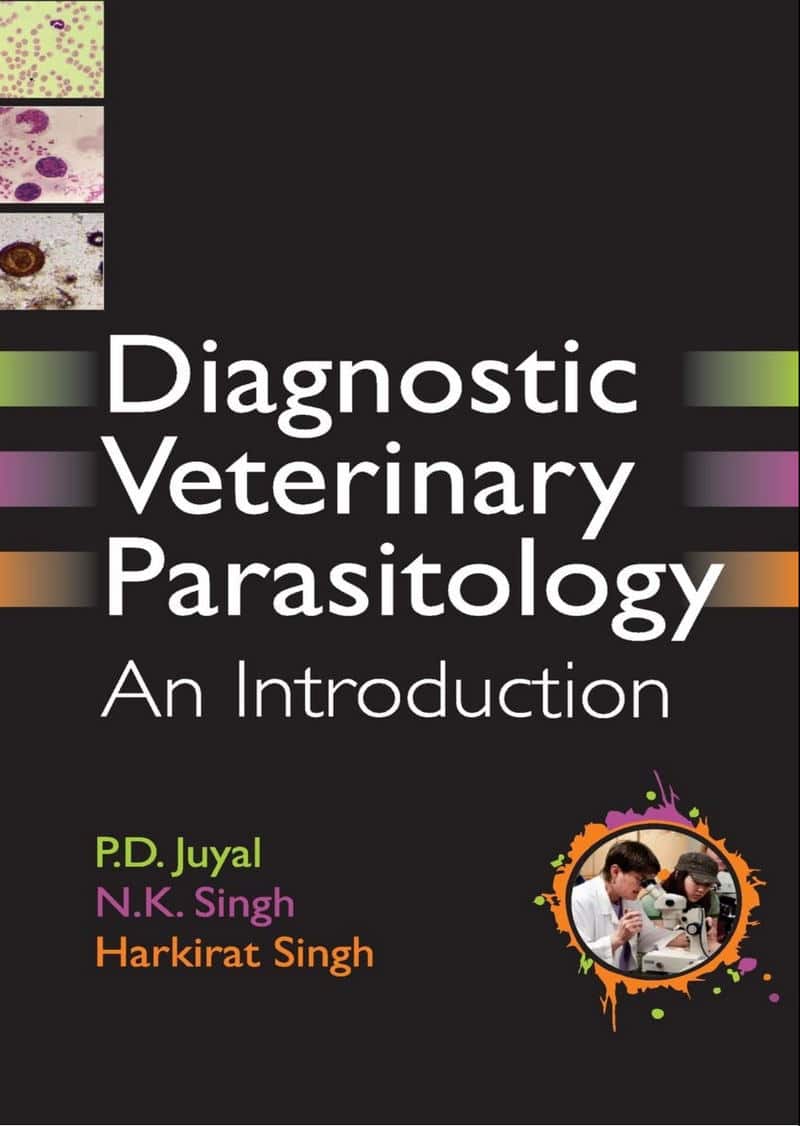
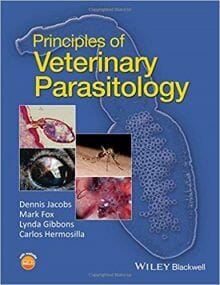


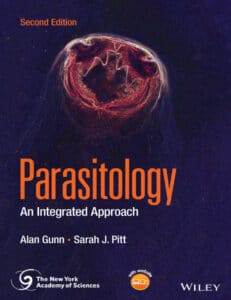
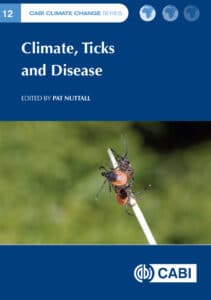

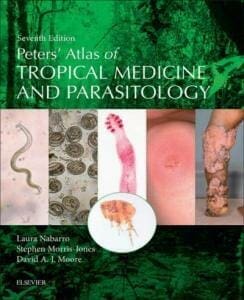
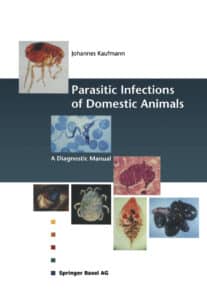
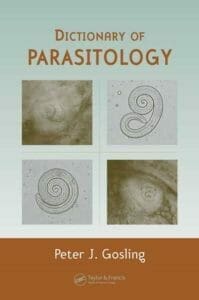





![Ettinger’s Textbook of Veterinary Internal Medicine 9th Edition [PDF+Videos] Ettinger’s Textbook of Veterinary Internal Medicine 9th Edition [True PDF+Videos]](https://www.vet-ebooks.com/wp-content/uploads/2024/10/ettingers-textbook-of-veterinary-internal-medicine-9th-edition-100x70.jpg)

![Textbook of Veterinary Diagnostic Radiology 8th Edition [PDF+Videos+Quizzes] Thrall’s Textbook of Veterinary Diagnostic Radiology, 8th edition PDF](https://www.vet-ebooks.com/wp-content/uploads/2019/09/textbook-of-veterinary-diagnostic-radiology-8th-edition-100x70.jpg)






